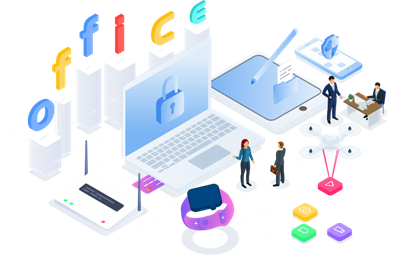In any office environment, the security of sensitive information is of utmost importance. However, there are potential security risks that can threaten the confidentiality and integrity of this information.
This article will discuss some of the common security risks in an office environment and how to mitigate them. These risks can lead to unauthorized access to sensitive data, and organizations need to be vigilant and take proactive measures to prevent and address such incidents.
Being aware of these potential security risks and taking appropriate precautions, organizations can ensure the protection of their valuable data.
A social engineering attack is a form of cyber attack that exploits human psychology to deceive individuals into divulging sensitive information or performing certain actions.
In an office environment, attackers may impersonate trusted individuals, such as an IT technician or colleague, to gain access to sensitive information or systems.
Social engineering attacks can be difficult to detect, as they rely on human vulnerabilities rather than technical vulnerabilities.
Document theft is a significant risk for organizations, as sensitive documents containing confidential information may be stored in various locations, making them vulnerable to unauthorized access and theft.
This can happen through physical theft of hard copies or electronic hacking to gain access to digital documents.
Identity theft is a common security risk in an office environment, where unauthorized individuals may try to gain access to restricted areas or sensitive information by impersonating authorized personnel.
This can occur through the physical theft of ID badges or by using social engineering techniques to trick authorized personnel into revealing their identification credentials.
Unattended devices can pose a serious security risk in an office environment, as they can be accessed by unauthorized individuals if left unsecured and logged in. Attackers can gain access to unattended devices through physical or remote access, or by using social engineering techniques to trick users into revealing login credentials.
Once an attacker gains access to an unattended device, they can potentially steal sensitive information, install malware, or cause other types of damage.
To mitigate potential security risks in the office, we can follow security policies and procedures, be cautious of social engineering attacks, secure our devices by logging out and locking them when not in use, and report any suspicious behaviour to ICTO. This can help ensure the protection of sensitive information and prevent security breaches.

